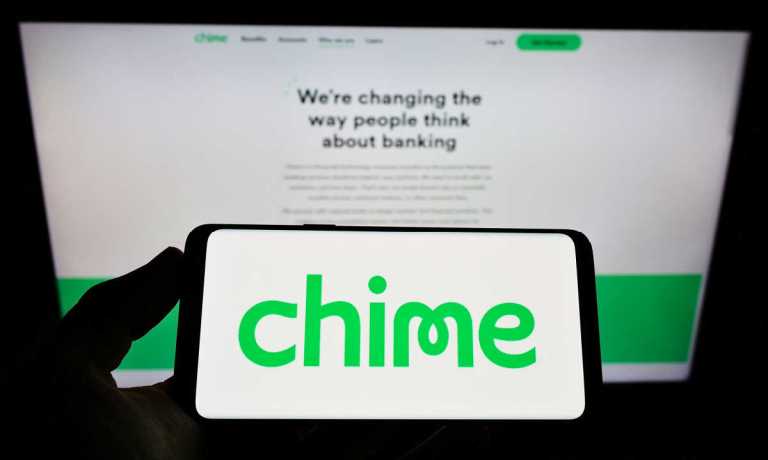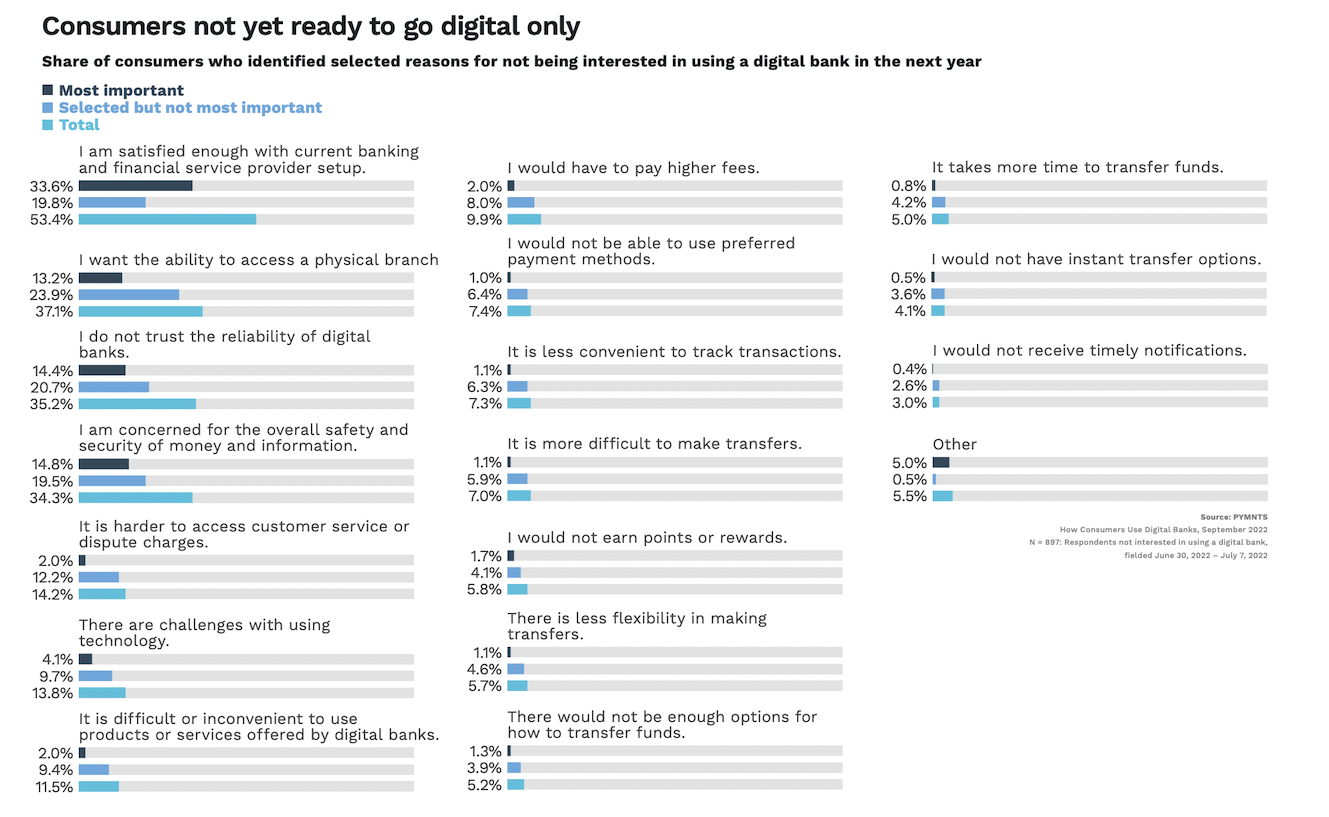
Digital-first and digital-only banks are gaining ground, but many consumers are hesitant to make the switch from a more traditional bank to a neobank.
Unfamiliarity with neobanks plays a role, as does satisfaction with current — and typically traditional — banking models.
That’s according to findings from “How Consumers Use Digital Banks,” a PYMNTS and Treasury Prime collaboration based on a survey of over 2,120 U.S. consumers. The study examined consumer attitudes toward neobanks and the reasons people will (or won’t) try this form of banking.
While there is steady interest in digital banking and FinTech services like PayPal, Venmo and Chime, many consumers surveyed said they see these as “auxiliary banking services — supplements to the services offered by their more traditional banks,” with few consumers exclusively using digital-only banks. Not counting those who have used PayPal and Venmo, “25% of consumers have used a neobank, digital bank or FinTech with bank-like services in the past 12 months. Just 10% of respondents said that their primary bank accounts are with digital banks.”

Even so, there is increasing interest, with 39% of respondents saying digital banks can be viable alternatives to traditional ones. Making the switch from traditional banks to neobanks should be viewed on a longer timeline, however, as more than half of consumers who said they consider digital banks legitimate alternatives still have no plans to switch.
Per the study, “53% of respondents are not even considering making digital banks their primary banks, and 47% are hesitant about digital banks and want to learn more before making any decisions. Strong generational attitudes exist on this topic: 90% of baby boomers and 66% of Gen X will not consider using digital banks as their primary banks.”
Illustrating the why of it, 34% of consumers said their primary reason for disinterest in digital-only alternatives is satisfaction with their current bank.
Certain consumers evince a stronger interest in what digital banking and neobanks have to offer. The study stated that “most consumers in specific demographics — 56% of millennials, 54% of small business owners and 54% of freelancers — are at least somewhat interested in switching to a digital bank,” adding that “90% of consumers who primarily use digital banks are satisfied with their choice, exceeding the 84% of respondents using local or community banks as their primary FIs and the 81% of respondents using national banks who are satisfied.” Also, 38% of respondents are interested in switching to a digital bank for lower costs.